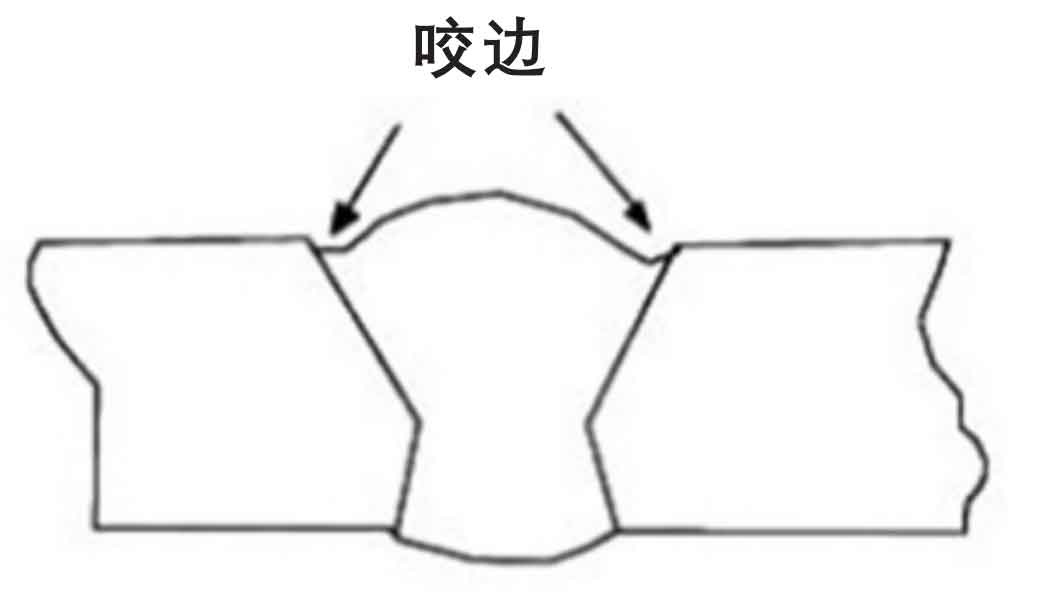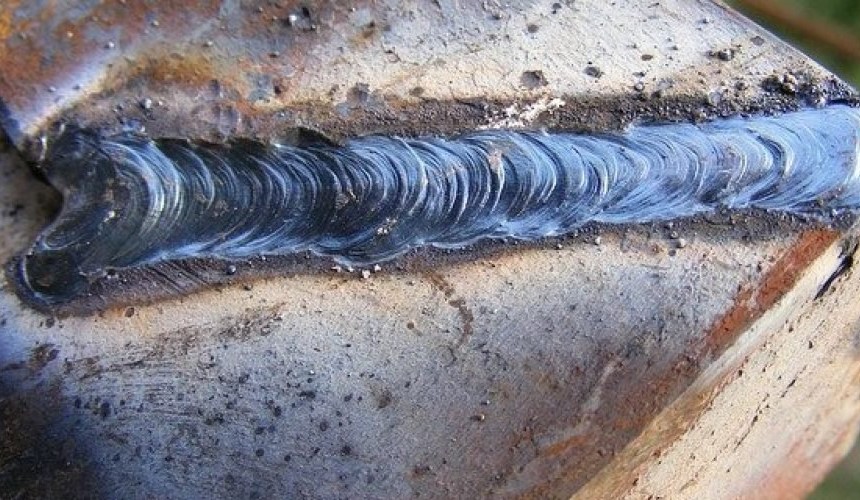Your Full Manual to Preventing Weld Undercut Like a Pro
Your Full Manual to Preventing Weld Undercut Like a Pro
Blog Article
Comprehending the Causes and Solutions for Undercut Welding in Metal Manufacture Processes
In the realm of steel construction procedures, the event of undercut welding presents a significant challenge that demands a detailed understanding of its reasons and feasible options. The complex interplay of various variables during welding procedures can lead to this undesirable sensation, affecting the architectural stability and overall quality of the welded joints - Preventing weld undercut. By dissecting the origin creates of undercut welding and exploring effective therapeutic procedures, makers can boost the requirement of their workmanship and guarantee the production of flawless metal elements
Typical Reasons For Undercut Welding
Regularly forgotten in steel fabrication, undercut welding happens due to different factors that require careful focus and knowledge to be successfully reduced. One typical root cause of undercut welding is too much warm input. When the warm input is too expensive, it can lead to the melting and subsequent erosion of the base product along the sides of the weld joint, producing a groove or undercut. In addition, incorrect welding techniques, such as utilizing the wrong welding angle or travel rate, can additionally add to damage development. Inadequate securing gas insurance coverage is another crucial element that can lead to damaging. Not enough gas insurance coverage falls short to protect the weld swimming pool properly, causing oxidation and undercut issues. In addition, the choice of welding parameters, such as voltage, existing, and wire feed rate, plays a considerable duty in the event of undercut welding. Understanding these usual causes is important for executing safety nets and ensuring high-quality welds in metal construction processes.
Impact of Incorrect Welding Parameters
Inaccurate welding specifications can significantly jeopardize the honesty and quality of bonded joints in steel construction procedures. The impact of incorrect welding criteria shows up in numerous means, leading to structural weaknesses and problems in the bonded components. Meticulous interest to welding specifications is critical to make sure the production of top quality welds with the preferred mechanical properties and structural stability.
Effect of Improper Lantern Angle
Improper lantern angle in welding operations can dramatically influence the quality and integrity of the last weld joints in steel construction procedures. Undercutting is a typical welding flaw where a groove creates along the weld toe, damaging the joint and endangering its architectural honesty.
A torch angle that is too steep can result in insufficient penetration, incomplete fusion, and enhanced spatter. On the various other hand, a lantern angle that is too superficial can result in too much penetration, burn-through, and distortion of the base material. Preventing weld undercut. Proper torch angle is important for making certain consistent weld high quality, stamina, and look
To avoid damaging Go Here and other defects brought on by improper torch angles, welders must be trained to preserve the right torch angle throughout the welding process. Normal monitoring and adjustment of lantern angles during welding can help attain audio welds with minimal flaws.
Duty of Inadequate Welding Techniques

One more facet of inadequate welding techniques is improper weld prep work. Insufficient cleansing of the base metals, inaccurate joint style, or inadequate side prep work can all add to undercut welding. Insufficient protecting gas protection or making use of the wrong type of gas can result in insufficient fusion and the development of undercut problems.
To attend to the duty of insufficient welding strategies in steel fabrication procedures, it is important to provide comprehensive training for welders. Correct education and learning on welding parameters, joint prep work, and shielding gas choice can aid protect against undercut welding and make certain high-quality welds in steel manufacture projects.
Reliable Solutions for Undercut Welding
Addressing undercut welding in steel fabrication requires executing efficient options to boost weld top quality and structural integrity. Among the primary services to deal with undercut is to adjust welding parameters such as voltage, present, and travel rate to make certain correct warm input and blend. By fine-tuning these setups, welders can prevent excessive melting of the base metal and filler product, reducing the possibility of undercut development.
Furthermore, proper joint preparation is important in preventing undercut. Making certain clean base steel visit site surface areas without contaminants and making use of the ideal bevel angle can help advertise much better weld infiltration and minimize the risk of undercut - Preventing weld undercut. Utilizing ideal welding strategies, such as oscillating the lantern or weaving, can also aid in dispersing warm uniformly and filling up the weld joint sufficiently, decreasing the opportunity of undercut defects
Moreover, choosing the correct welding consumables, consisting of electrodes and filler metals, is essential in alleviating undercut. Using materials with ideal chemical structures and mechanical buildings can add to attaining sound welds with very little undercut. Routine examination and quality assurance procedures ought to additionally be executed to discover and attend to undercut concerns immediately, ensuring the find out general stability of made steel components.

Final Thought
To conclude, understanding the causes and remedies for undercut welding in metal construction procedures is essential for attaining high-quality welds. By addressing typical reasons such as incorrect welding criteria, inappropriate torch angle, and insufficient welding strategies, welders can stop damaging and make certain solid, long lasting welds. It is important to take notice of these aspects and apply effective options to enhance the overall welding procedure and end product quality.

Report this page